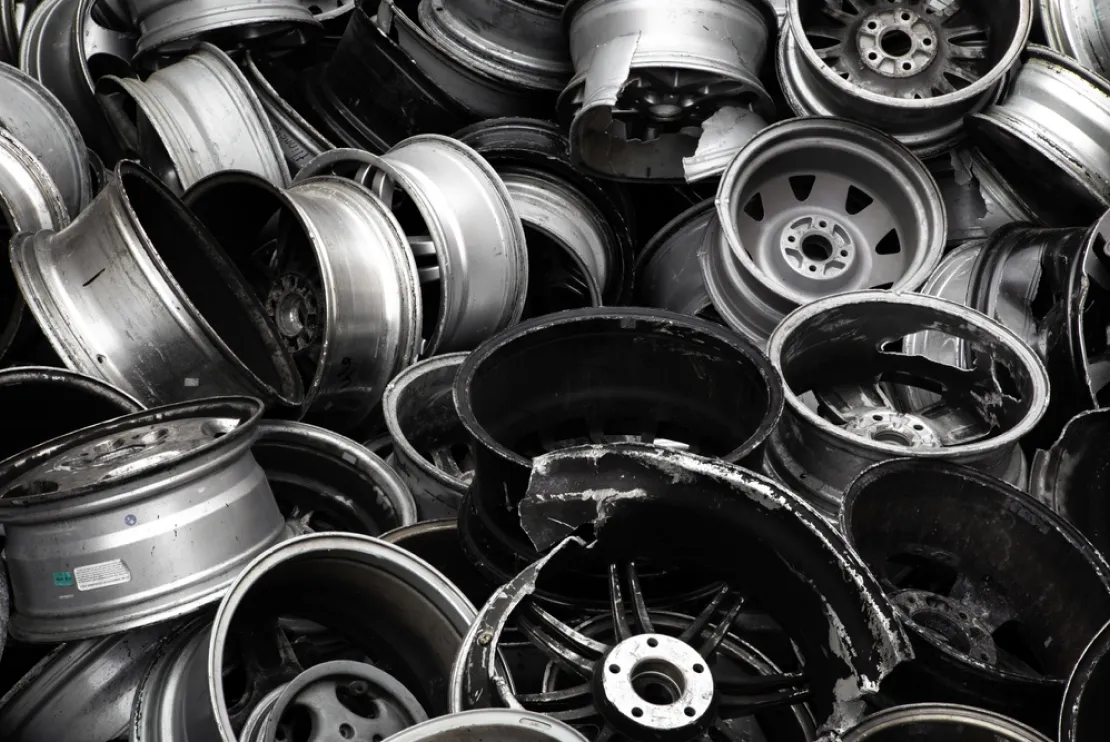Introduction to Cast Iron: A Timeless Engineering Material
Cast iron has long been a cornerstone of the engineering and construction
world. From bridges and buildings to cookware and drainage systems, its uses
are as diverse as its properties. But one common question still stirs debate
among engineers, students, and DIYers alike: Is cast iron brittle or
ductile? To truly understand whether cast iron is brittle or ductile, we
need to explore its composition, types, and mechanical behaviour in depth.
What is Cast Iron Recycling?
Cast iron recycling refers to the process of reclaiming scrap iron and
repurposing it into new products. This significantly reduces the need for
raw material extraction, lowers energy consumption, and minimizes industrial
waste.
What Does It Mean for a Material to Be Brittle or Ductile?
Brittle vs Ductile Explained
- Brittle materials fracture or shatter under stress with
little or no
plastic deformation. They break suddenly without much stretching or
bending.
- Ductile materials can be stretched or deformed significantly
before
breaking. Think of ductile materials as "flexible under pressure."
Where a material falls on the brittle-to-ductile scale greatly
affects how it’s used in real-world applications.
Mechanical Behavior of Cast Iron Explained
Cast iron is an alloy primarily composed of iron, carbon (over 2%), and
silicon. It’s formed by melting pig iron and adding elements to modify its
properties. But its internal structure—specifically how carbon is
distributed—largely determines whether it's brittle or ductile.
Most traditional types of cast iron, like gray cast iron, are known for
their brittleness. They exhibit very low tensile strength and break without
much deformation under tensile stress.
Why? Because their microstructure contains flake-like graphite that
interrupts the continuity of the iron matrix. This results in weak points
that make the material prone to cracking.
Types of Cast Iron and Their Characteristics
1. Gray Cast Iron
- Brittle?: Yes
- Microstructure: Graphite flakes
- Common Uses: Engine blocks, cookware, pipes
- Behavior: Fractures easily under tension, but absorbs
vibration well
2. White Cast Iron
- Brittle?: Extremely
- Microstructure: Cementite (hard iron carbide)
- Common Uses: Hard-facing surfaces, abrasives
- Behavior: Very hard and wear-resistant but cracks under
stress
3. Ductile (Nodular) Cast Iron
- Brittle?: No
- Microstructure: Spheroidal (round) graphite nodules
- Common Uses: Manhole covers, automotive parts, pressure pipes
- Behavior: High tensile strength, elongation, and shock
resistance
4. Malleable Cast Iron
- Brittle?: No
- Microstructure: Tempered carbon nodules
- Common Uses: Fittings, brackets
- Behavior: Good ductility and machinability
Read our previous blog article to know more about types of Cast Iron.
Is Ductile Iron Still Cast Iron?
Absolutely. Ductile iron is a specially treated type of cast iron that offers
enhanced ductility thanks to its unique microstructure. By adding small
amounts of magnesium or cerium during the casting process, the graphite
forms into round nodules instead of flakes—allowing the iron to bend instead
of snap.
So yes, ductile iron is cast iron—but with improved properties that make it
suitable for applications where strength, toughness, and flexibility are
needed.
Cast Iron vs Ductile Iron: Key Differences
| Property |
Cast Iron (Gray/White) |
Ductile Iron |
| Graphite Form |
Flake / Cementite |
Spheroidal |
| Ductility |
Low (Brittle) |
High (Ductile) |
| Tensile Strength |
Moderate |
High |
| Shock Resistance |
Low |
Excellent |
| Common Use |
Static structures |
Dynamic systems, load-bearing |
| Crack Propagation |
Easy |
Resists cracking |
Read our previous blog article to find the
Differences Between Cast Iron and
Ductile Iron.
Why Cast Iron Breaks Easily in Some Cases
In colder environments or under unexpected loads, brittle cast iron
(especially gray or white) may crack suddenly. That’s why these materials
aren’t recommended for use in structures where sudden shocks or vibrations
are common. Ductile iron, by contrast, maintains structural integrity in
such scenarios due to its elasticity.
Design Considerations to Prevent Failure
Engineers often choose ductile iron over traditional cast iron for
load-bearing or safety-critical components. When using standard cast iron,
designers need to account for brittleness with:
- Increased wall thickness
- Rounded corners (to avoid stress concentrations)
- Conservative load estimates
- Vibration dampening supports
Conclusion: Decoding the Dual Nature of Cast Iron
Cast iron is not a one-size-fits-all material—it encompasses a family of
alloys that range from extremely brittle to impressively ductile. While
traditional gray and white cast iron are known for their rigidity and
tendency to crack under stress, modern innovations like ductile and
malleable iron have completely changed the game.
The truth? Cast iron can be brittle or ductile—depending entirely on its
composition and microstructure.
At the end of the day, choosing the right type of cast iron depends on your
application. Whether you're seeking strength, flexibility, or
cost-efficiency, understanding these differences empowers better engineering
decisions.
